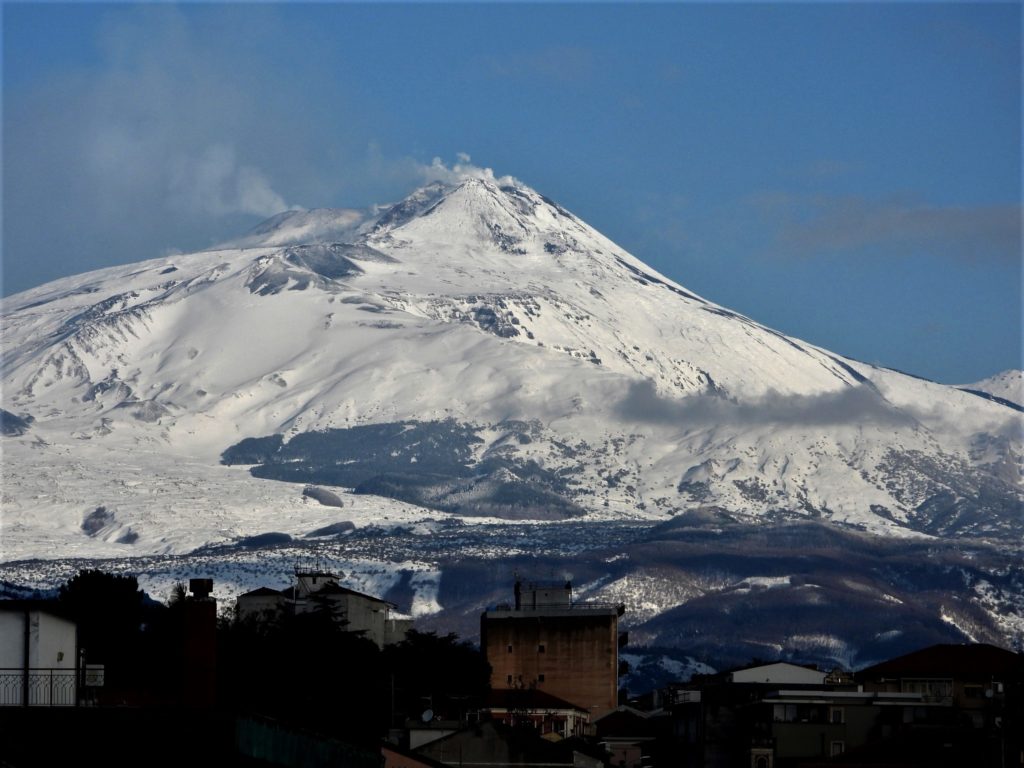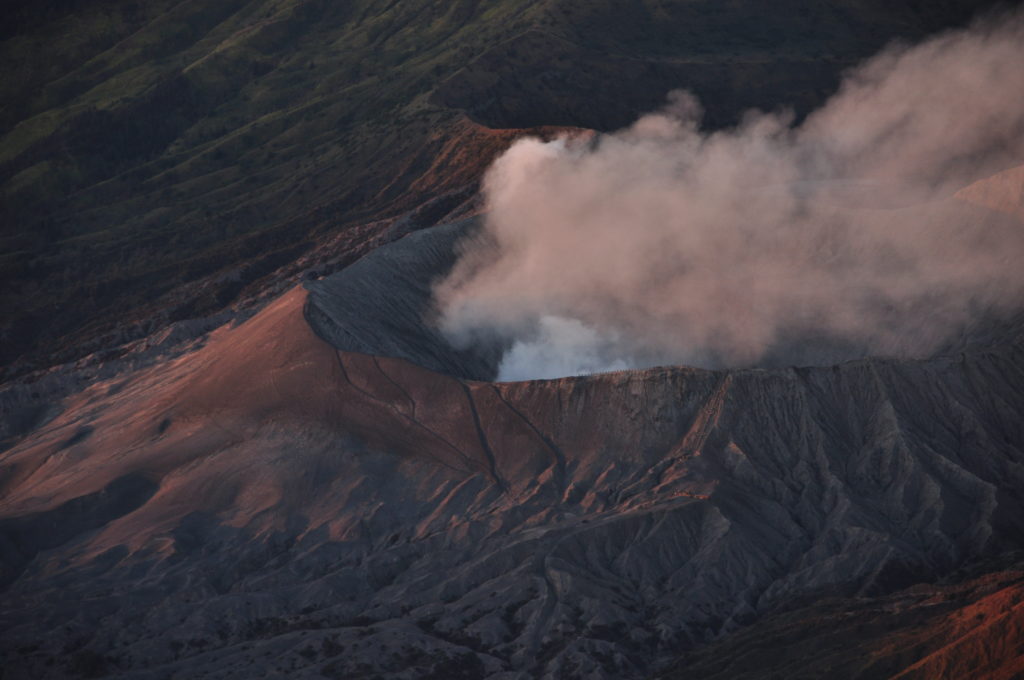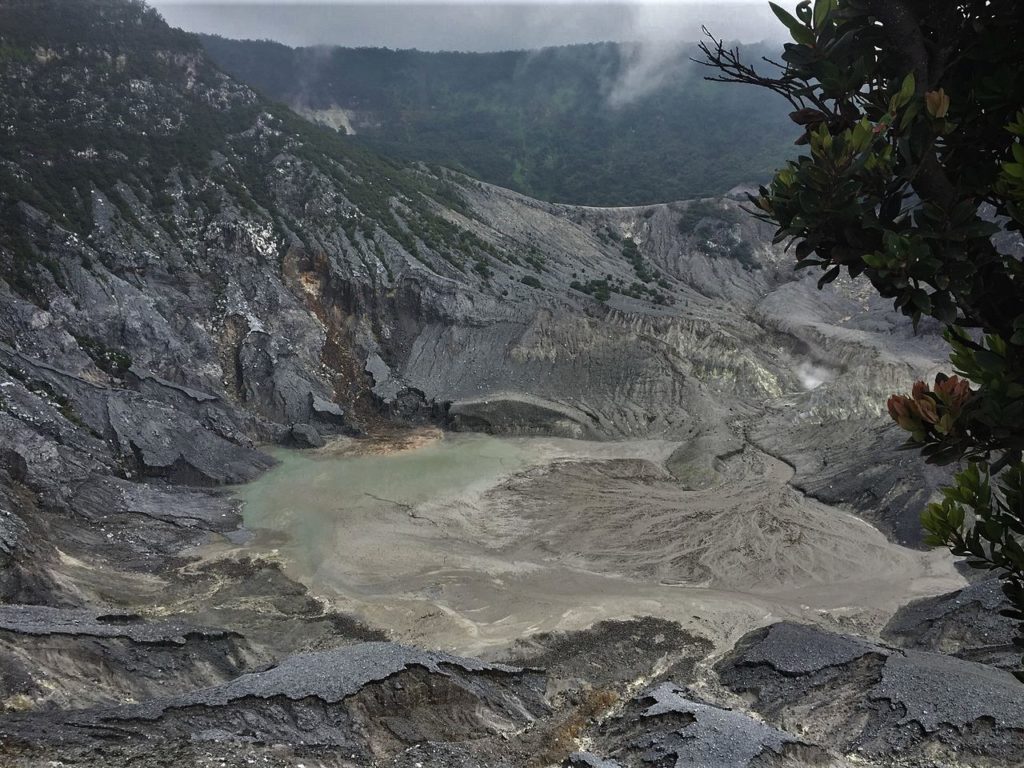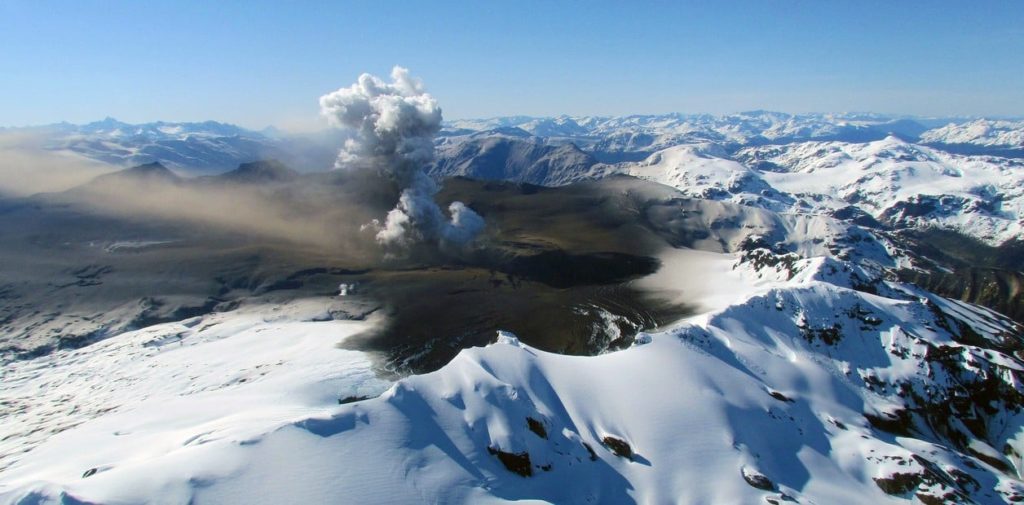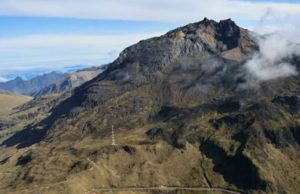February 16 2023.
Italy / Sicily , Etna :
WEEKLY BULLETIN, from February 06, 2023 to February 12, 2023. (issue date 14 February 2023)
ACTIVITY STATUS SUMMARY
In the light of the monitoring data, it is highlighted:
1) VOLCANOLOGICAL OBSERVATIONS: Degassing of the summit craters, in particular continuous degassing of the Bocca Nuova crater and the Southeast crater.
2) SEISMOLOGY: Absence of seismic activity of fracturing with Ml>=2.0; stationarity of volcanic tremor parameters.
3) INFRASOUND: Low activity related to infrasonic events.
4) GROUND DEFORMATIONS: Ground deformation monitoring networks have not measured any significant changes over the past week
5) GEOCHEMISTRY: SO2 flux at an average level.
The soil CO2 flux values recorded last week are medium to low values.
The partial pressure of CO2 dissolved in groundwater (EtnaAcque Network) does not show any variations apart from the seasonal variability of the site.
There are no updates on helium isotopic composition data.
6) SATELLITE OBSERVATIONS: Thermal activity observed by satellite was generally moderate to weak.
VOLCANOLOGICAL OBSERVATIONS
During the week, the monitoring of Etna’s activity was carried out through the network of surveillance cameras of the INGV – Osservatorio Etneo.
The week was characterized by the continuous emission of gas from the Bocca Nuova craters and the Southeast crater, the latter sporadically emitting a modest amount of red ash.
The preliminary estimate of the area covered by the lava flows, from November 27, 2022 to February 6, 2023 is equal to 9.6 x 10^5 m^2 and the total volume is between 4.8 and 6.1 x10 ^ 6 m^3.
Volcanic tremor:
In the week of February 6 to 12, the average amplitude of the volcanic tremor remained at a globally average level. Due to unfavorable weather conditions, station ESLN had no acquisitions for most of the week, therefore the time series of the signal recorded at station ESPC is shown, also missing signal at some time intervals. time.
For the same reason also the location of the volcanic tremor, in the second part of the week, is not available. However, at the time when it was possible to make an assessment, the locations of the sources of the tremor were located in the area of the Bocca Nuova and Southeast craters at an altitude between 1800 and 2500 m above from mean sea level.
Source : INGV.
Photo : Boris Behncke.
Indonesia , Bromo :
PVMBG sent a team of scientists to investigate Tengger Caldera’s Bromo cone after an increase in activity was detected on 3 February, characterized by crater incandescence, rumbling sounds, and a strong sulfur dioxide odor. They observed somewhat dense white emissions rising as high as 300 m during 9-12 February and heard moderate-to-strong rumbling noises. A sulfur dioxide odor was strong near the crater and measurements indicated that levels were above the healthy (non-hazardous) threshold of 5 parts per million; differential optical absorption spectroscopy (DOAS) measurements indicated an average flux of 190 tons per day on 11 February.
During clear periods the largest solfatara on the NNW part of the crater floor was visible and ranged in temperature from 46 to 66 degrees Celsius based on handheld instruments. Crater incandescence, originating from the solfatara, was visible at night. The Alert Level remained at 2 (on a scale of 1-4), and visitors were warned to stay outside of a 1-km radius of the crater.
Sources : PVMBG. GVP.
Photo : G Vitton.
Indonesia , Tangkuban Parahu :
PVMBG issued a special report based on recent observations of Tangkuban Parahu. Webcam images captured from 18h30 on 9 February to 03h00 on 10 February showed incandescence emanating from Ecoma Crater. A team of PVMBG scientists inspected the crater during 19h00-20h00 on 10 February to identify the source of the incandescence. They observed intense emissions rising from Ecoma Crater, heard roaring and rumbling, and detected a strong sulfur odor, but did not see incandescence. Remote measurements of solfatara temperatures in Ecoma Crater using thermal cameras show varying temperatures, with a maximum of 105 degrees Celsius, and were influenced by airflow conditions at the crater. A multi-gas detector did not record high concentrations of volcanic gases. Seismic data from June 2022 to February 2023 suggested variable rates of fluid movement and increased heating of the subsurface to the surface. Data from monitoring instruments and visual observations indicated that the incandescent was not caused by rising magma and instead by reactions of sulfur deposits around the vents; the Alert Level remained at 1 (on a scale of 1-4) and tourists were advised to avoid descending into the craters.
The Center for Volcanology and Geological Hazard Mitigation (PVMBG) reported that a hot spot appeared in the crater of Mount Tangkuban Perahu, recorded on CCTV cameras, last Thursday, February 9, 2023.
According to the short and accelerated recording, before the onset of the incandescence, only a puff of smoke was visible at this location, a puff of smoke had been observed since 5:00 p.m. WIB.
A few moments later, around 6:35 p.m., points of incandescence appeared near the smoke. According to the written statement of the PVMBG, the results of the inspection which was carried out for two days, namely February 10 and 11, 2023, no more fire points were found in the Ecoma crater of Mount Tangkuban Parahu .
« Results of an inspection of Ecoma crater that was conducted on February 10, 2023 between 7:00 p.m. and 8:00 p.m. WIB showed no hotspots/incandescence associated with magma migration to the surface, » said the acting chief of Geological Agency M Wafid, Monday (13/2)
Sources : PVMBG. GVP. Détik.com
Photo : Adri45an
Italy , Stromboli :
WEEKLY BULLETIN, from February 06, 2023 to February 12, 2023. (issue date 14 February 2023)
ACTIVITY STATUS SUMMARY
In the light of the monitoring data, it is highlighted:
1) VOLCANOLOGICAL OBSERVATIONS: During this period, normal Strombolian activity was observed with spattering activity in the North Crater area. The total hourly frequency fluctuated between medium-low (8 events/h) and medium (14 events/h) values. The intensity of the explosions was mainly medium to low in the area of the North crater and medium-high in the area of the Center-South crater.
2) SEISMOLOGY: The seismological parameters do not show significant variations.
3) GROUND DEFORMATIONS: The ground deformation monitoring networks did not show any significant variations.
4) GEOCHEMISTRY: The flow of SO2 at an average and increasing level
CO2 flux in the crater area: slightly decreasing, on average values
The CO2/SO2 ratio is at high values (28.8), a value referring to a single measurement on February 11.
Isotope ratio of dissolved helium in heat sinks: There are no updates.
5) SATELLITE OBSERVATIONS: The thermal activity observed from the satellite was generally weak.
Observations of explosive activity captured by surveillance cameras
In the area of the North crater (N) from the three mouths of the two sectors N1 and N2, an explosive activity of variable intensity from low (less than 80 m in height) to medium (less than 150 m in height) emitting materials coarse (bombs and lapilli) was recorded. In addition, intense and short-lived projection activity was observed on February 6 from the vents located in the N2 sector. The average frequency of explosions varied from 2 to 4 events/h.
In the Center-South zone (CS) an explosive activity of medium and high intensity was observed (sometimes the products exceeded 150 in height) emitting coarse materials mixed with fine materials (ash). The frequency varied between 5 and 10 events/h.
Source : INGV.
Photo : Stromboli Stati d’animo / Sebastiano Cannavo.
Chile , Hudson :
Special Report on Volcanic Activity (REAV), Aysen Del General Carlos Ibanez Del Campo area, Hudson volcano, February 13, 2023, 8:09 a.m. local time (mainland Chile).
The National Service of Geology and Mines of Chile (Sernageomin) publishes the following PRELIMINARY information, obtained through the monitoring equipment of the National Volcanic Monitoring Network (RNVV), processed and analyzed at the Volcanological Observatory of the Southern Andes ( Ovdas):
On Monday February 13, 2023, at 07:24 local time (10:24 UTC), the monitoring stations installed near the Hudson volcano recorded an earthquake associated with both rock fracturing (volcano-tectonic type) and fluid dynamics in the volcanic system (hybrid type).
The characteristics of earthquakes after their analysis are as follows:
ORIGINAL TIME: 07:24 local time (10:24 UTC)
LATITUDE: 45.947°S
LONGITUDE: 72.968°E
DEPTH: 4.1 km
REDUCED DISPLACEMENT: 1036.7 (cm*cm)
LOCAL MAGNITUDE: 2.6 (ML)
COMMENTS:
Following the event, a volcano-tectonic event of lower energy was recorded, no changes were recorded in the other seismic parameters.
The volcanic technical alert remains at the Green level.
Sources : Sernageomin.
Photo : Clarin.


